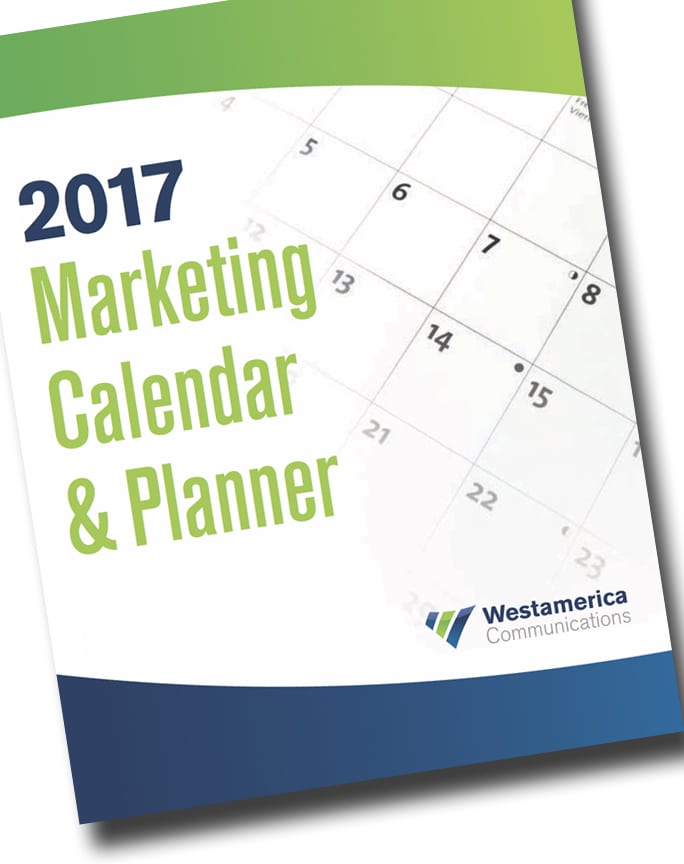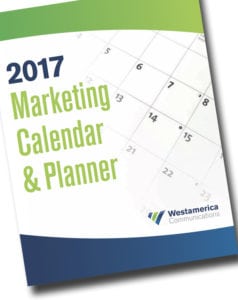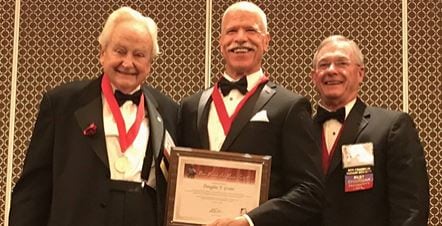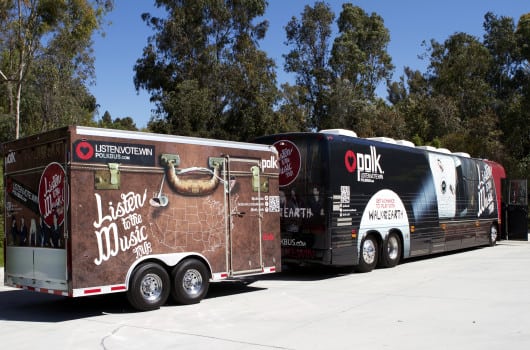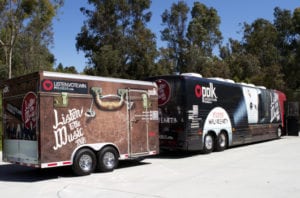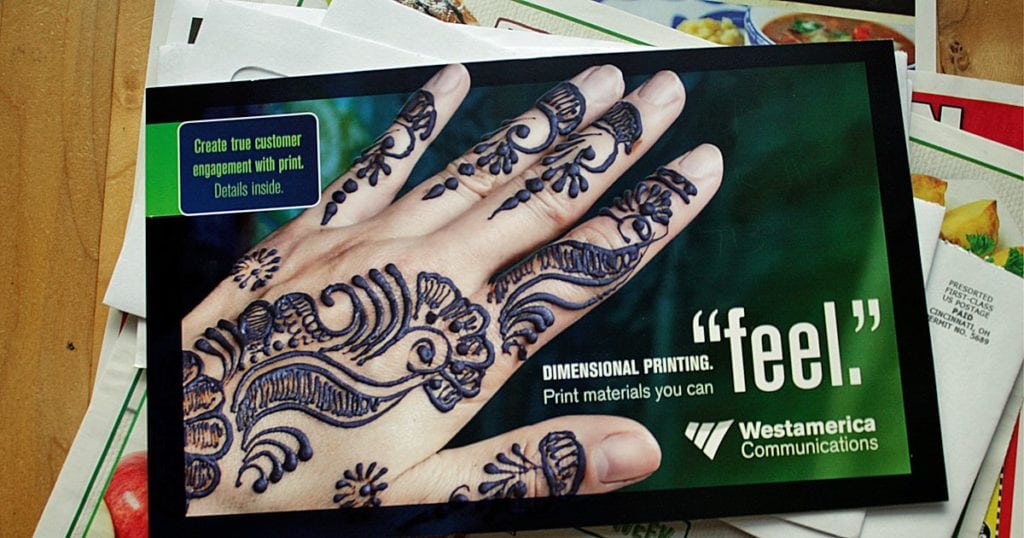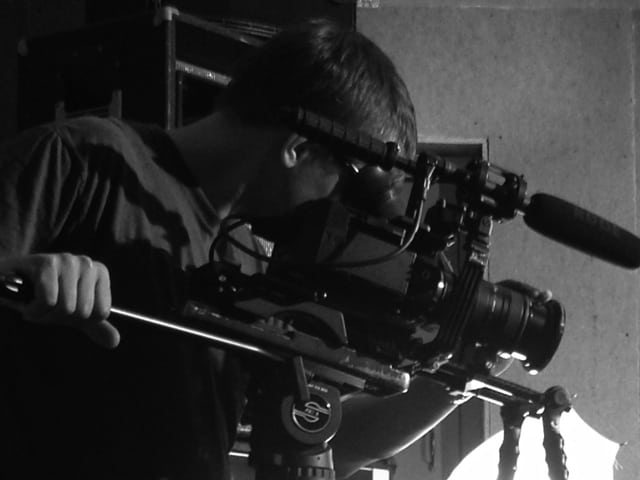
We’re working with a new client. They’re a non-profit and they’re looking to increase donations. We need to come up with a strategy that can help.
Coincidentally, I was scrolling through my LinkedIn feed and found an interesting post with a case study published by the United Kingdom’s Royal Mail MarketReach. The case study focused on The Salvation Army. It showed that an integrated marketing campaign, including direct mail, helped to grow new donors by 262% in 5 years.
While this is great information, my thought process went in a completely different direction. I started to think of a phrase from the book of Ecclesiastes, which says, “There’s nothing new under the sun.”
My team and I need to help this new client increase donations so should we just copy what I read in the case study? Where’s the creativity in that?
Where Does Creativity Come From?
For me creativity comes from a lot of places. A walk or a bike ride is a great way to clear my mind and get the creative juices flowing. I believe great ideas come from the subconscious mind so you need to not think about them and they’ll come to you.
Sometimes I find inspiration in what others are creating. Believe it or not, I actually enjoy going to the mailbox and seeing what other companies are doing with direct mail.
As I stared thinking more about creativity I turned to Google to see what others have to say about ideas, discoveries and creativity. I decided to look at what innovators and icons of industry had to say. Here’s some of what I found
If I have seen further, it’s by standing on the shoulder of giants. – Sir Isaac Newton
I invented nothing new. I simply assembled the discoveries of other men behind whom were centuries of work. – Henry Ford
We’ve been shameless about stealing great ideas. – Steve Jobs
Then I found Kirby Ferguson’s TedTalk, “Creativity is a Remix.” Ferguson believes that nothing is original. From Bob Dylan to Steve Jobs, he says our most celebrated creators borrow, steal and transform.
Ferguson even has a website where he sells, among other things, t-shirts with the Remix’s theme, “Copy Transform Combine.”
So, does everyone copy? Is there truly nothing new under the sun? Are the case studies I find on LinkedIn and on websites just ideas to be copied?
Designing Original Integrated and Holistic Campaigns
I have to say that many of the stats found in the integrated marketing campaign case studies are very impressive. And, we have found when creating and implementing integrated marketing communication initiatives for our own clients, that they perform better than using any single marketing channel.
Creating a direct marketing strategy for our non-profit client will probably include a targeted mailing list with a printed piece and a video production that promotes the efforts of the organization. We’ll also use some targeted social media ads with links to the donation website. All of these marketing tools should help increase donations for the non-profit.
If these are the same marketing tools used by The Salvation Army in the case study, does that mean we’re just copying their ideas? I’d like to think this is more a case of informed decision-making. After all we know that a printed piece with a nice soft touch aqueous coating we’ll create a tactile connection with the recipient. And we also know that a compelling video we’ll increase the visual appeal of the content and add a different dimension to the organization.
While we don’t want to copy other’s ideas I’m certain that our experience in non-profit fundraiser design and the top-notch designers in our Creative Services department will use proven marketing strategies to develop an effective campaign for our new client.


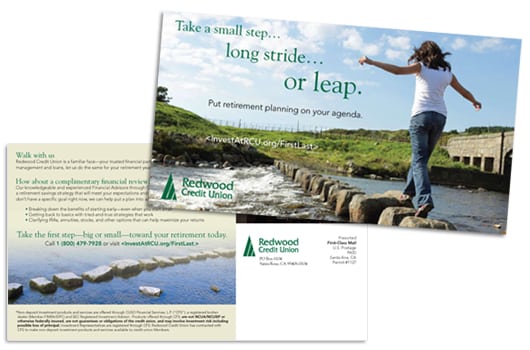


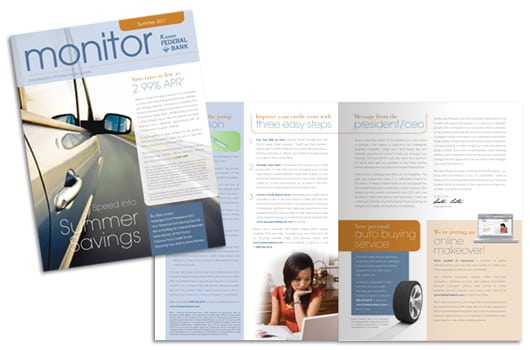
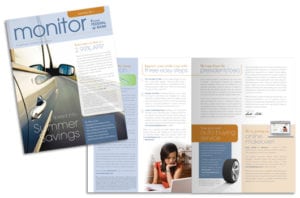
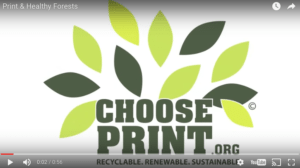
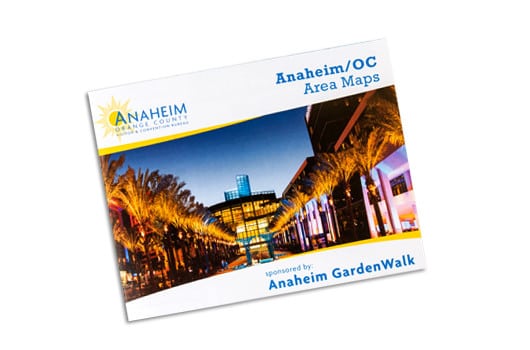

 o accomplish this, even with tech minded millennials, is through direct mail.
o accomplish this, even with tech minded millennials, is through direct mail.